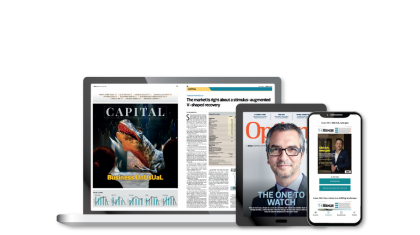 But those days may soon be over, if Sephora has anything to do with it. In 2016, the French cosmetics giant unveiled Virtual Artist, an augmented reality (AR) feature that uses facial recognition to apply virtual make-up. It scans the user’s face to detect her lips and allows her to try on as many lipstick shades as she likes — virtually.
The feature was made available in Singapore last year on the Sephora app, complete with an instant, click-to-buy function. This year, Virtual Artist made its leap into two of Sephora’s bricks-and-mortar stores, at ION Orchard and Westgate. There, on iPads mounted on display shelves, a lipstick hunter can swatch to her heart’s content.
But those days may soon be over, if Sephora has anything to do with it. In 2016, the French cosmetics giant unveiled Virtual Artist, an augmented reality (AR) feature that uses facial recognition to apply virtual make-up. It scans the user’s face to detect her lips and allows her to try on as many lipstick shades as she likes — virtually.
The feature was made available in Singapore last year on the Sephora app, complete with an instant, click-to-buy function. This year, Virtual Artist made its leap into two of Sephora’s bricks-and-mortar stores, at ION Orchard and Westgate. There, on iPads mounted on display shelves, a lipstick hunter can swatch to her heart’s content.
Timothy Chiang is a design junkie through and through, believing that everything from a doorknob to the entire building needs to display thoughtful design. He lives for meeting design luminaries. This article appeared in Issue 831 (May 21) of The Edge Singapore. Subscribe to The Edge now











